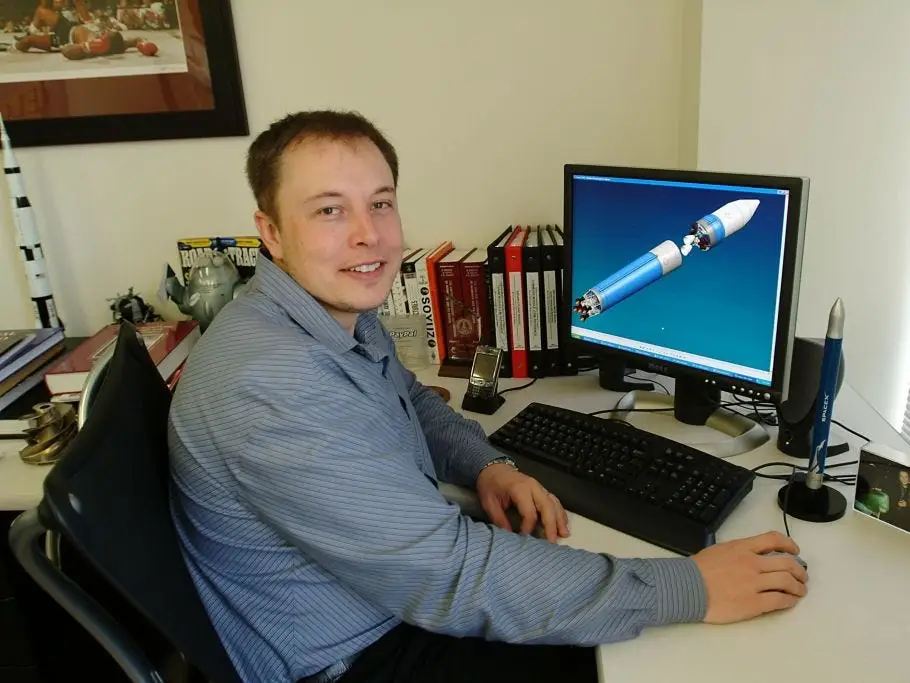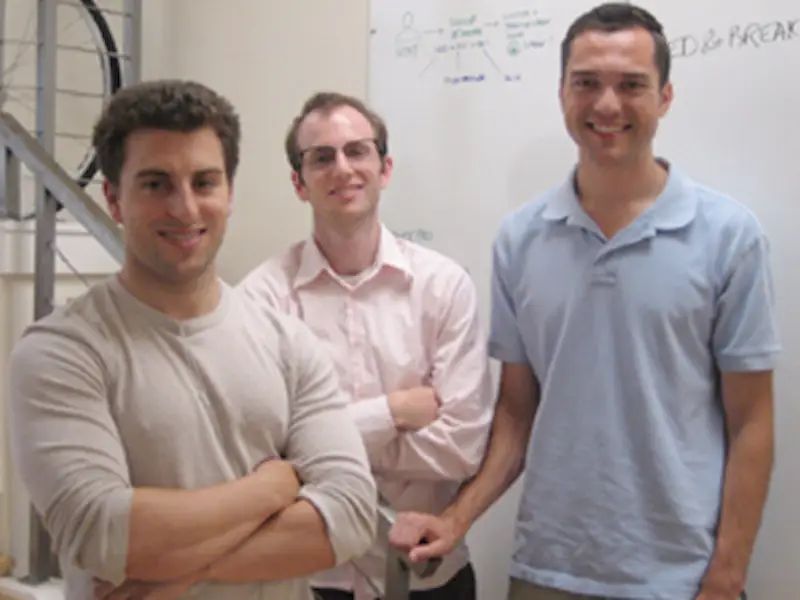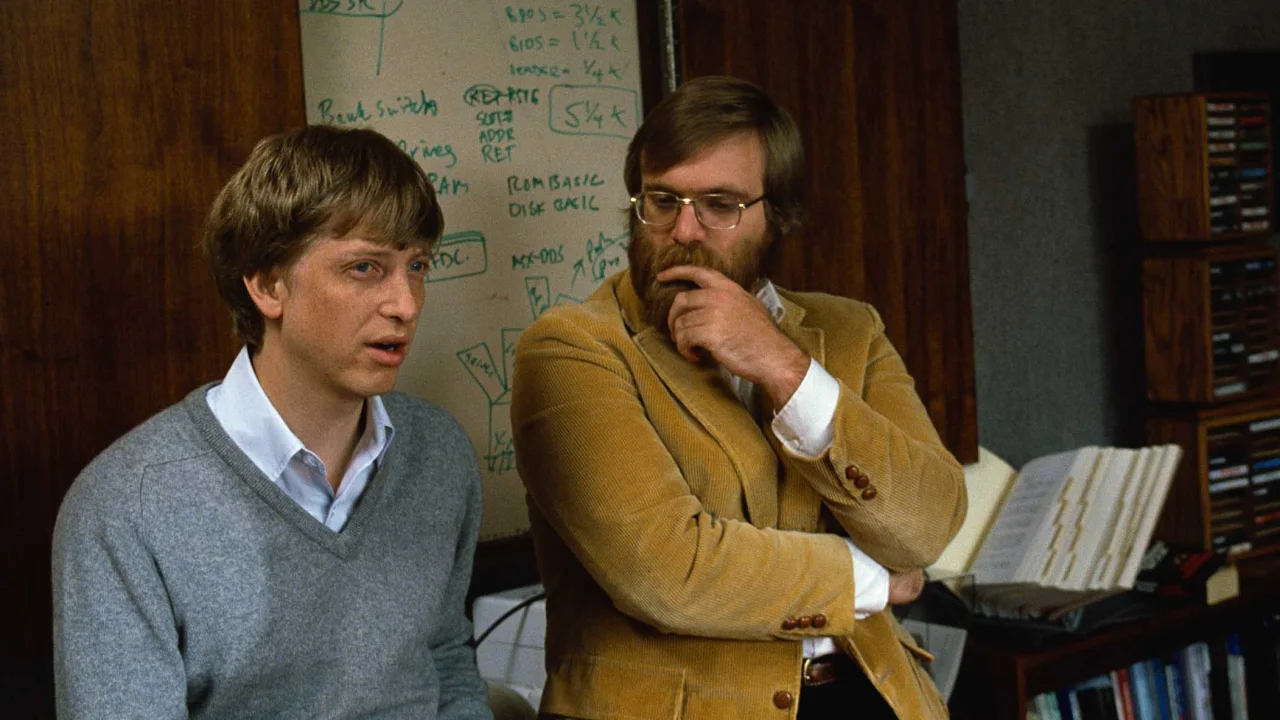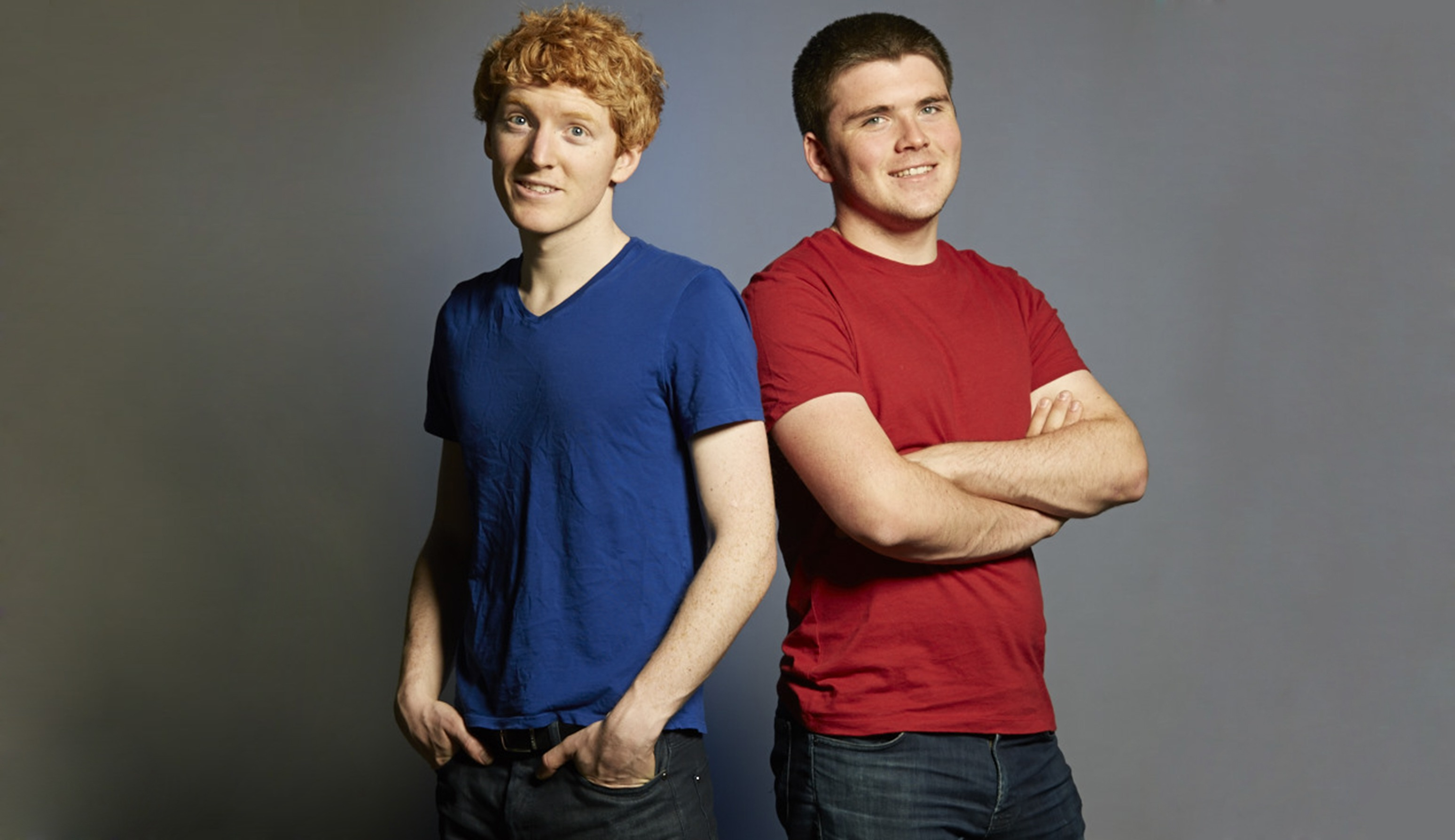VCs usually rely on well-defined investment theses at the risk of missing out on outliers who work and think in unconventional ways. This post explores the "idiosyncratic phenomenon" as a key concept in the VC decision-making process.
Table of Contents
Rethinking Seed Stage Investing
Challenging Conventional Wisdom
Conventional wisdom for VC investing is to set specific investment themes, develop market and problem set hypotheses, then search for founders who have the best fit and/or expertise to execute said hypotheses.
The inherent flaw in this model though, especially at the seed stage, is that VCs are the ones who are more often the visionaries. That being said, we all know this is not usually (if ever) the case. When you investigate category defining companies at their earliest stages, you ultimately find that most of them did not necessarily fit neatly into a model that could be predicted by anyone other than the founder(s) themself.
Looking at seed/early stage investing solely through this aforementioned lens is dangerous and can lead to overlooking special, unique occurrences in various markets. One thing we often think deeply about and remind ourselves of is that seed stage founders are likely new to narrative building and being able to paint a clear picture of a mass market opportunity. At 186 Ventures, we strongly believe that one must contextualize “where” in the founder’s maturity life cycle one is when assessing the founder’s ability to see things differently and authentically build on a vision. As VCs, and I have been plenty guilty of this, we often blame founders when those outside of the company “don’t get it”. Instead, we’ve come to realize that a lack of effective narrative is a shared blame (both on behalf of founders and external stakeholders) and typically comes at a much higher cost to the VC. If founders had the perfect narrative early on, then conventional wisdom on investing would neatly apply to early-stage investing and then anyone could be a seed stage VC. We all know though that is simply not the case.
What is the Idiosyncratic Phenomenon?
Like most other VCs, we are on a constant learning journey, but we have nonetheless developed a consistent compass for this process. We not only prioritize internal conventional investment theme setting to ensure we constantly maximize our technology and industry know-how readiness (this ensures we can be productive in initial conversations with capable founders), but we also layer in an element that we believe is very unique to seed stage investing– the “idiosyncratic phenomenon”. In other words, alongside fundamental analysis, we also want to ensure that we are identifying when an idiosyncratic person(s) may be capitalizing on a phenomenon of sorts.
Idiosyncrasy: “a strange or unusual habit, way of behaving, or feature that someone or something has”.
Idiosyncratic person: “someone who does things in their own way.”
Phenomenon: “ a remarkable person, thing, or event.”
An integral part of our investment process is to closely study how a founder has thought about the product building journey relative to the customer user pain point to date, and how their respective personality set may be well suited to capitalize on the said pain point. We want to know how they plan to build the product based on some unique subject matter perspective, not just what conventional wisdom instructs.
Indicators of Idiosyncracy
We look for indicators of idiosyncrasy , e.g. a founder who has spent a career being an architect in traditional and cutting edge settings, or a founder who has a deep personal connection with the problem at hand, regardless of what other industry experts claim, and we layer in any extraordinary events that have occurred recently that may lead to a first of its kind phenomenon. The idiosyncratic component is fairly subjective and certainly is never a one size fits all; as it relates to a first-of-its-kind phenomenon, a good example may be the typical “why now” indicators, e.g. for the first time all iPhone smartphone cameras are LIDAR enabled, ultimately leading to a world where LIDAR capability is ubiquitous. Although we have no perfect way of measuring or scoring this combination today, we spend a great deal of time thinking about how predominant it may be relative to the sea of other startups/founders who have attempted to solve a similar problem set. In all of the seed investments we have made to date, this gets us past the goal line. At 186, we must reach a certain level of conviction on whether there’s a potential idiosyncratic phenomenon at hand with every seed investment we decide to make.
Great Examples of the “idiosyncratic phenomenon”
Each of the following is a great example of an “idiosyncratic phenomenon”, all of which also represent a category defining company.
Elon Musk and SpaceX
When thinking about space travel and implementing life on Mars in the early 2000s, that in and of itself represents a fairly idiosyncratic tendency. Elon’s personal, deep captivation with making Mars inhabitable by living things, e.g. plants, coupled with the moment in time phenomenon when there was immense strategic interest on behalf of the United States to create rapid and re-usable launch capability to space similar to a Russia-based capability is a great example of this model. Without the two aforementioned variables, SpaceX probably wouldn’t be what it is today.

Brian Chesky, Joe Gebbia, Nathan Blecharczyk, and Airbnb
When one thinks of building a bed and breakfast website, one naturally would think of building an online marketplace of existing B&Bs. That being said, the founders of Airbnb rethought how to create supply in a creative, more cost-effective way that can lower the barrier to entry for travelers across the world. This novel, and borderline crazy, approach of renting out private rooms in your own home to strangers (idiosyncratic), coupled with the timing of smartphones and general internet connectivity, made for the creation of a category defining travel and entertainment business known as Airbnb today.

Jan Koum, Brian Acton, and WhatsApp
Jan and Brian applied to work at Facebook in 2009. but that didn’t work out so they found themselves starting a company to effectively democratize access to phone-based communications across the planet. Mobile-based messaging may have not been a novel concept back in 2009 Skype and Blackberry (BBM), existed, but Jan and Brian wanted to use the phone number as the unique identifier to basically “hijack” the original function of SMS– at least this is why millions of early WhatsApp users used the service. This idiosyncratic set of variables allowed you to use your phone number as your login info. At the time, SMS was still being metered and was extremely expensive in most of the world outside of the US. This made way for one of the fastest growing messaging services of all time.

Bill Gates, Paul Allen, and Microsoft
In the 1970s, as the world shifted from relying on large mainframe computers to at home personal computers, there was no real standard or refined enough programming language / set operating system for personal computers to come “out of the box”. Bill Gates and Paul Allen were uniquely equipped and took a very unique approach to writing an all purpose language. This started with Altair BASIC (idiosyncratic background + ability) at a time when personal computer manufacturers like IBM and later on Compaq required a way to make their personal computers easy enough to use for everyday consumers. This coupling of events made way for one of the largest software companies of all time.

John Collison, Patrick Collison, and Stripe
Even with the PayPals of the world having been built a decade before Stripe, the world of online payments was still relatively archaic and totally upside down. Consumer-to-consumer payment transfer had been the primary focus, but no one stopped to think about small businesses that were hoping to launch online and accept payments digitally. John and Patrick, coming from a remote part of Ireland, understood how much the current state of consumer-to-business payments in 2007 was holding back a world of businesses hoping to reach consumers online. Their unique background in having already built and sold a software business, and their visceral relation to the problem set (idiosyncratic), equipped them to take on this challenge. This was at a time when most small and medium size businesses were falling behind large corporations who had the level of resourcing to build out their own payment APIs (phenomenon). This alignment of stars made way for a category defining company that has helped the entire planet effectively embrace “e-commerce” as we know it.

Jack Ma and Alibaba
The last example, one of my personal favorites, is probably the quintessential example of an idiosyncratic phenomenon. Jack Ma had a very modest upbringing and early on was curious about why Chinese products could not be found on the Internet. In 1999, Jack convinced 17 of his friends to invest in his vision for an online marketplace of Chinese goods and services and to work on it with him in his apartment (idiosyncratic component). His persistence and salesmanship at a time when China was poised to become an economic superpower, given a combination of financial sector reforms, foreign investment, infrastructure development, and urbanization of sorts that ultimately led to a moment in time phenomenon. More specifically, the phenomenon at hand was a paradigm shift in consumer spending that occurred in the world's most heavily populated economy.

We hope this brings clarity to an important part of how some VC firms assess early stage founders and their startups, and also helps external stakeholders understand how to approach early stage venture investing – at least through our lens.
OpenVC is the best way to access deals 🤝
Browse the top 1% of deals and interact directly with founders. Completely free.
About the author
Giuseppe Stuto is a co-founder and managing partner at 186 Ventures.
Giuseppe is a former founder and operator with both large-scale consumer technology and “deep tech” experience. He likes to work with, and support founders, who are tackling ideas that have the ability to disrupt the way things operate in today’s world. Giuseppe tends to favor working and supporting founding teams that are technical in nature and that have demonstrated an ability to iterate aggressively.
Giuseppe can be contacted at [email protected] .








